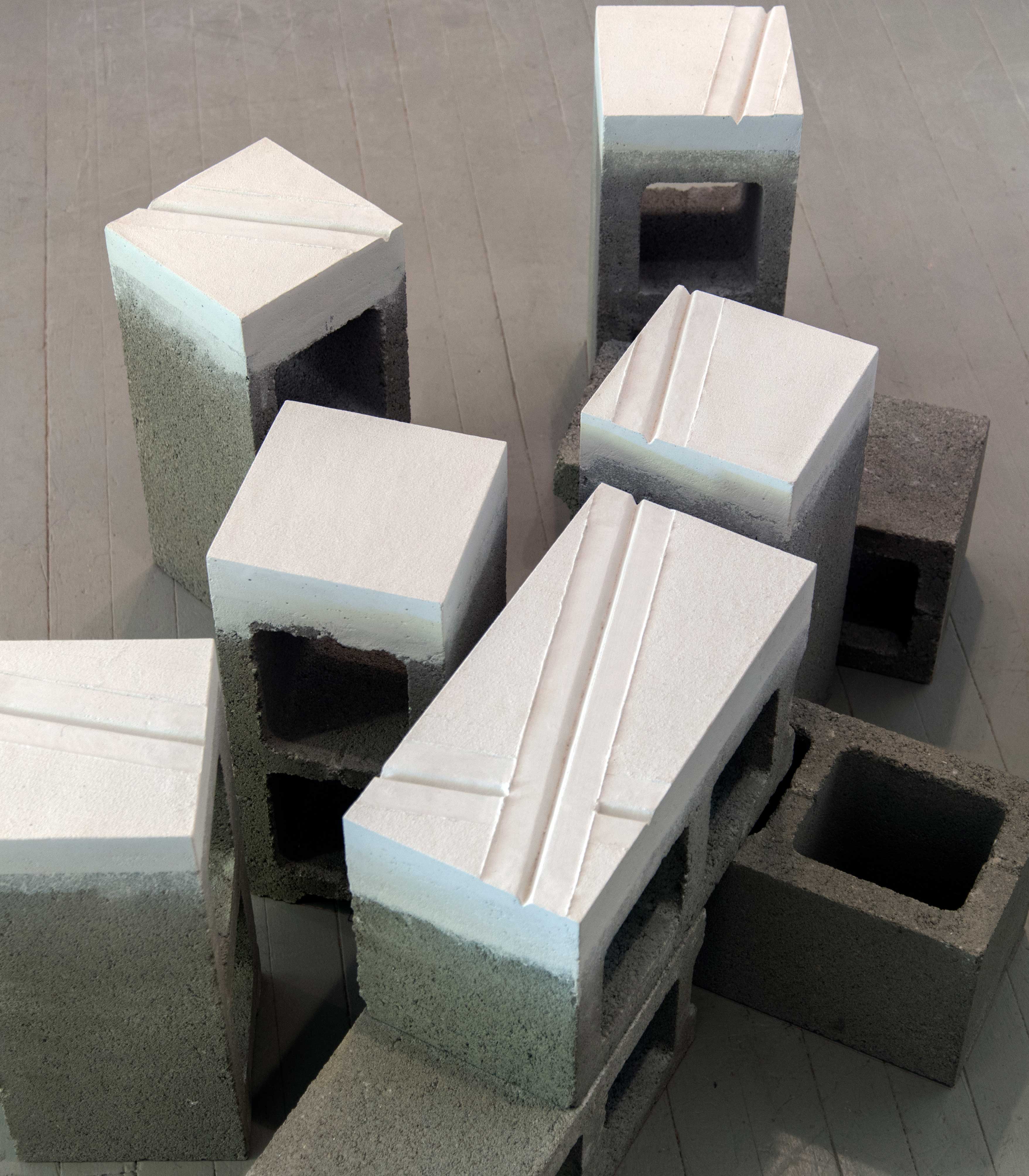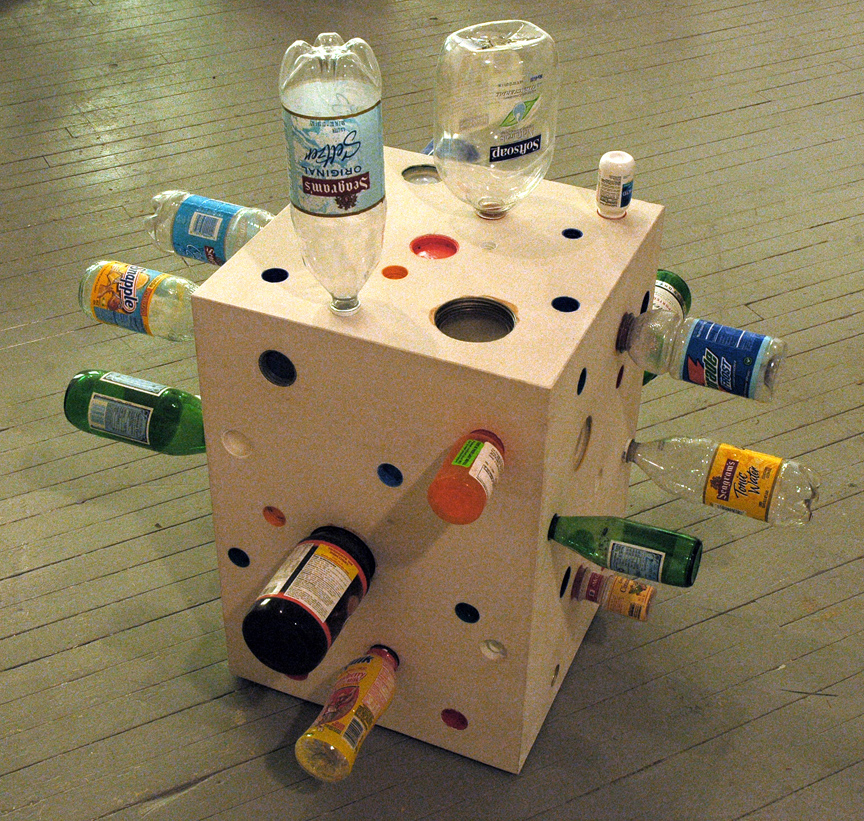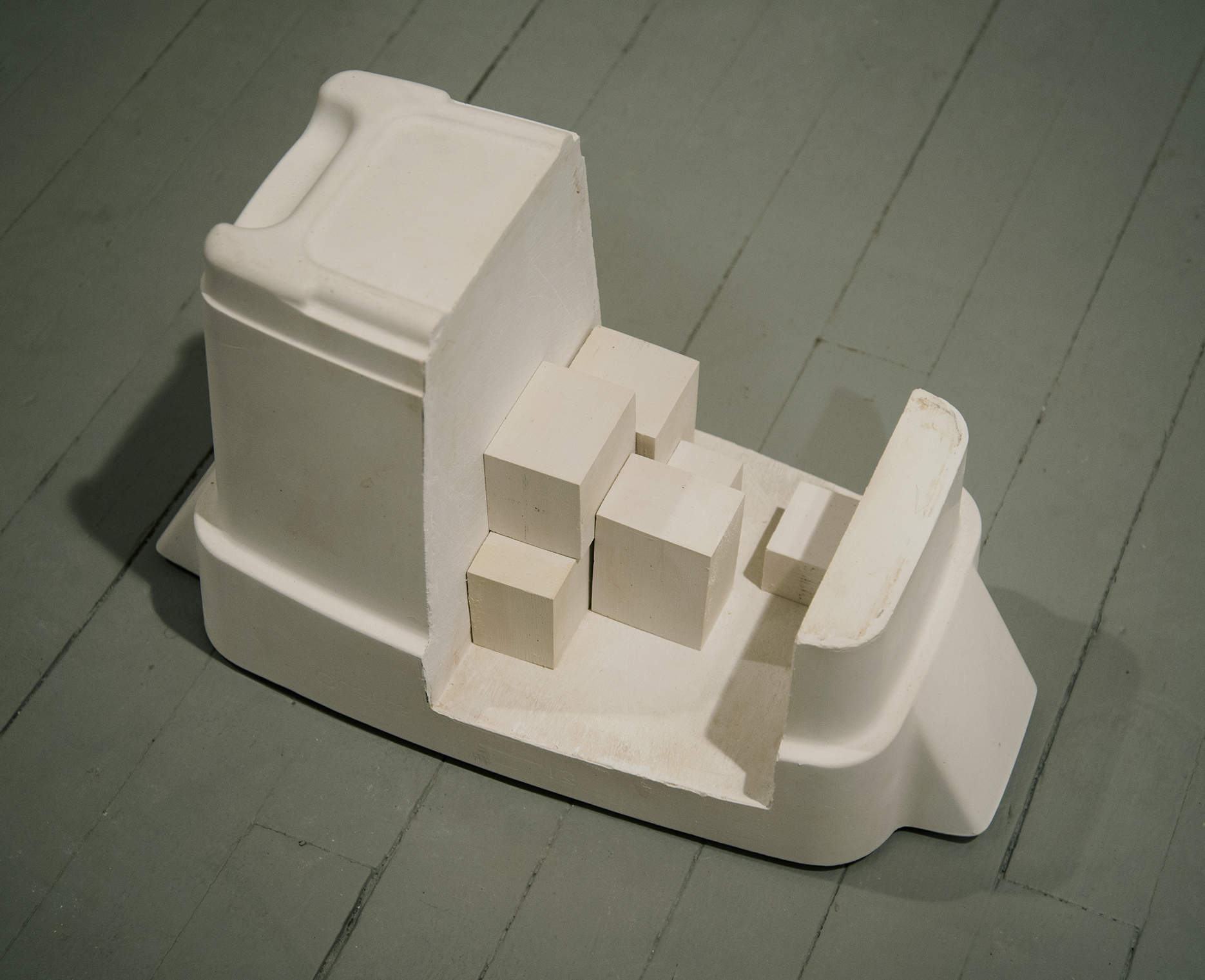Institute Of Contemporary Art, Boston, MA 1979
graphite powder on architectural surfaces
12′ x 28′ x 28′
This installation imposed a drawing of an imaginary space into the architectural space in which it is situated. Solely through the application of graphite powder onto the existing floors, walls, and columns of the rooms, a fictive space became palpable, oppositional to the architecture and yet entirely dependant on it. The imaginary space was generated by using the existing columns as centerpoint and radius to describe a cylindrical space within the gallery space. The purity of the fictive space was fractured into numerous fragments when applied to the existing architectural forms.
- I.C.A. Project



